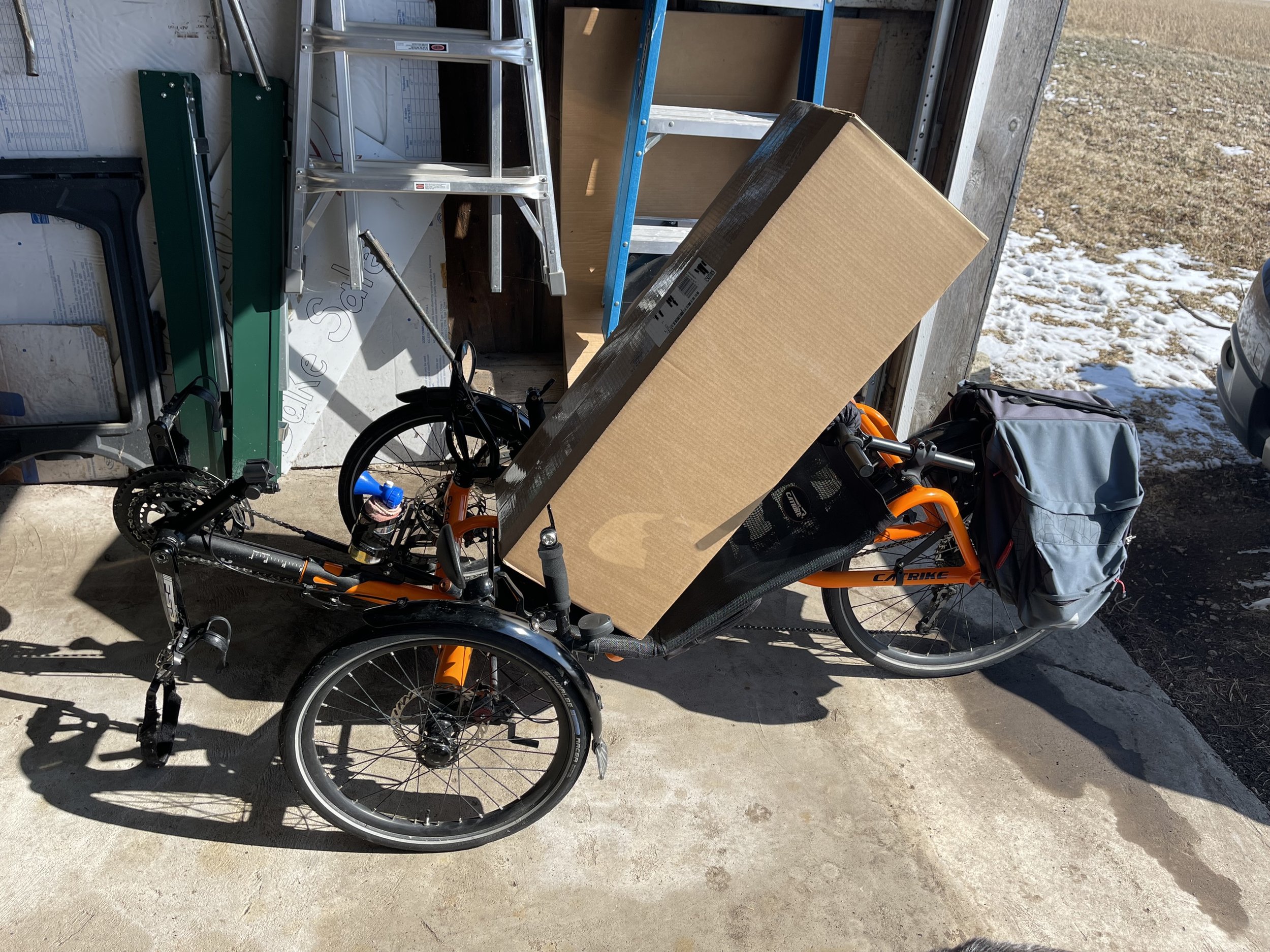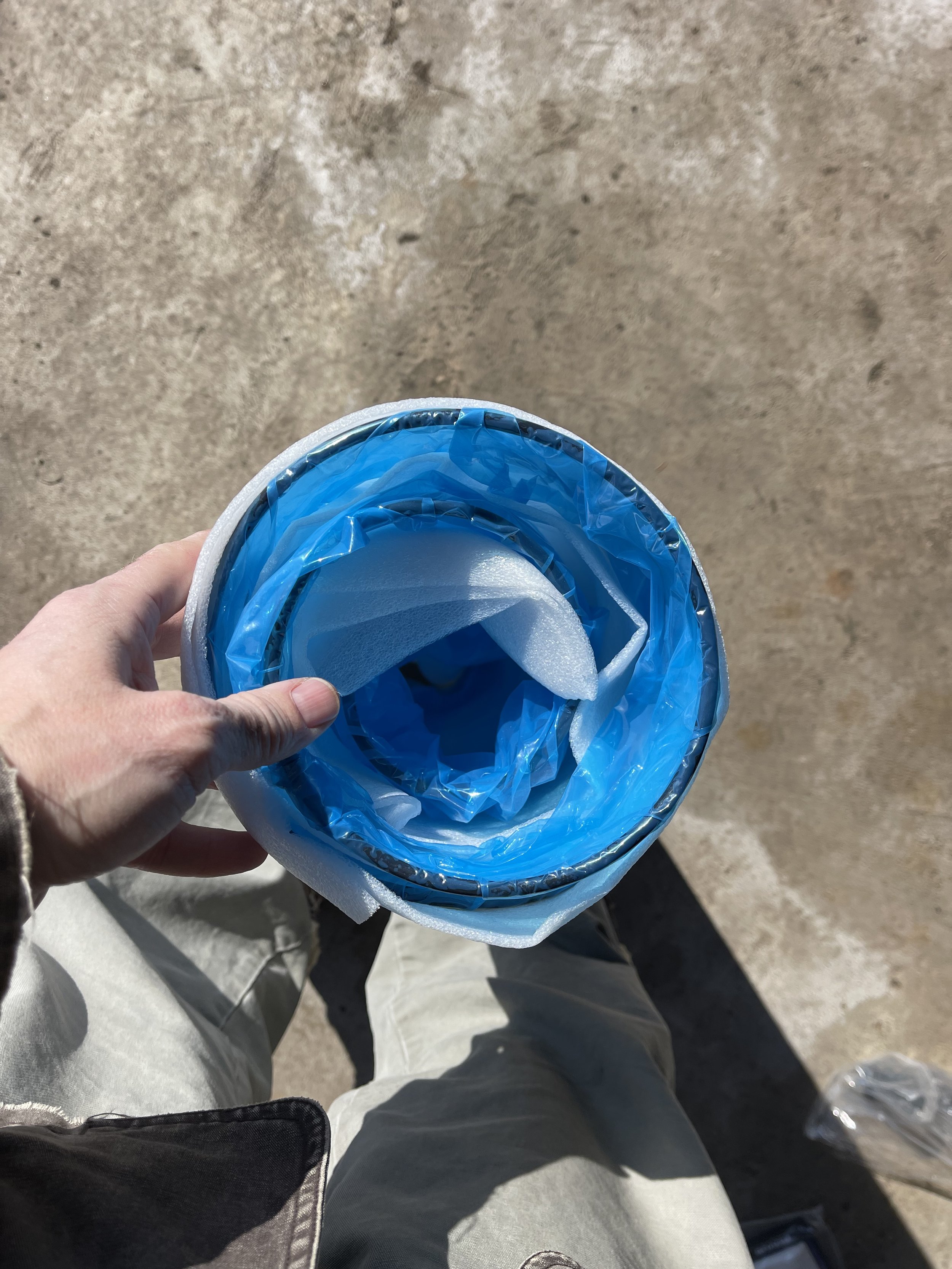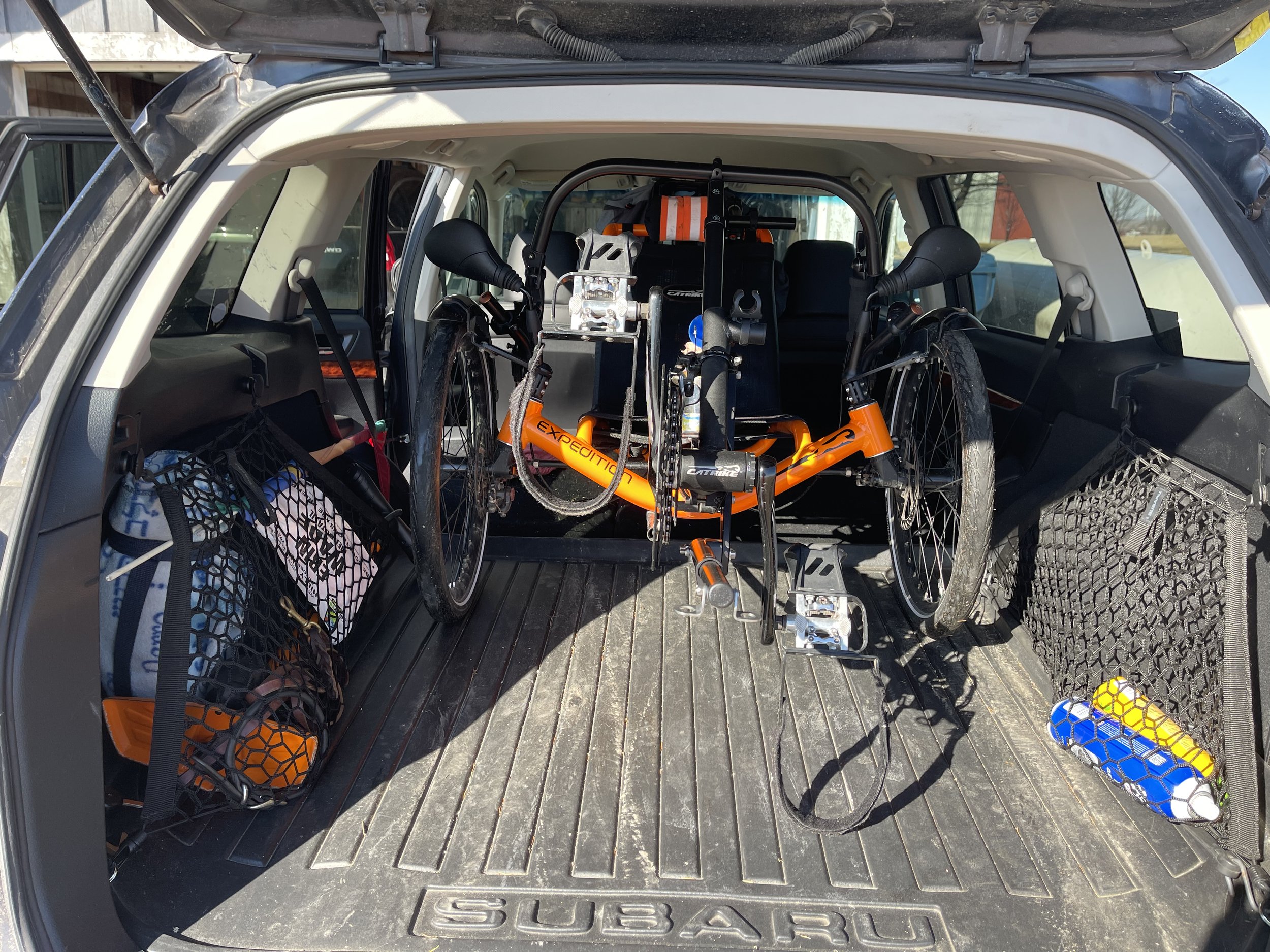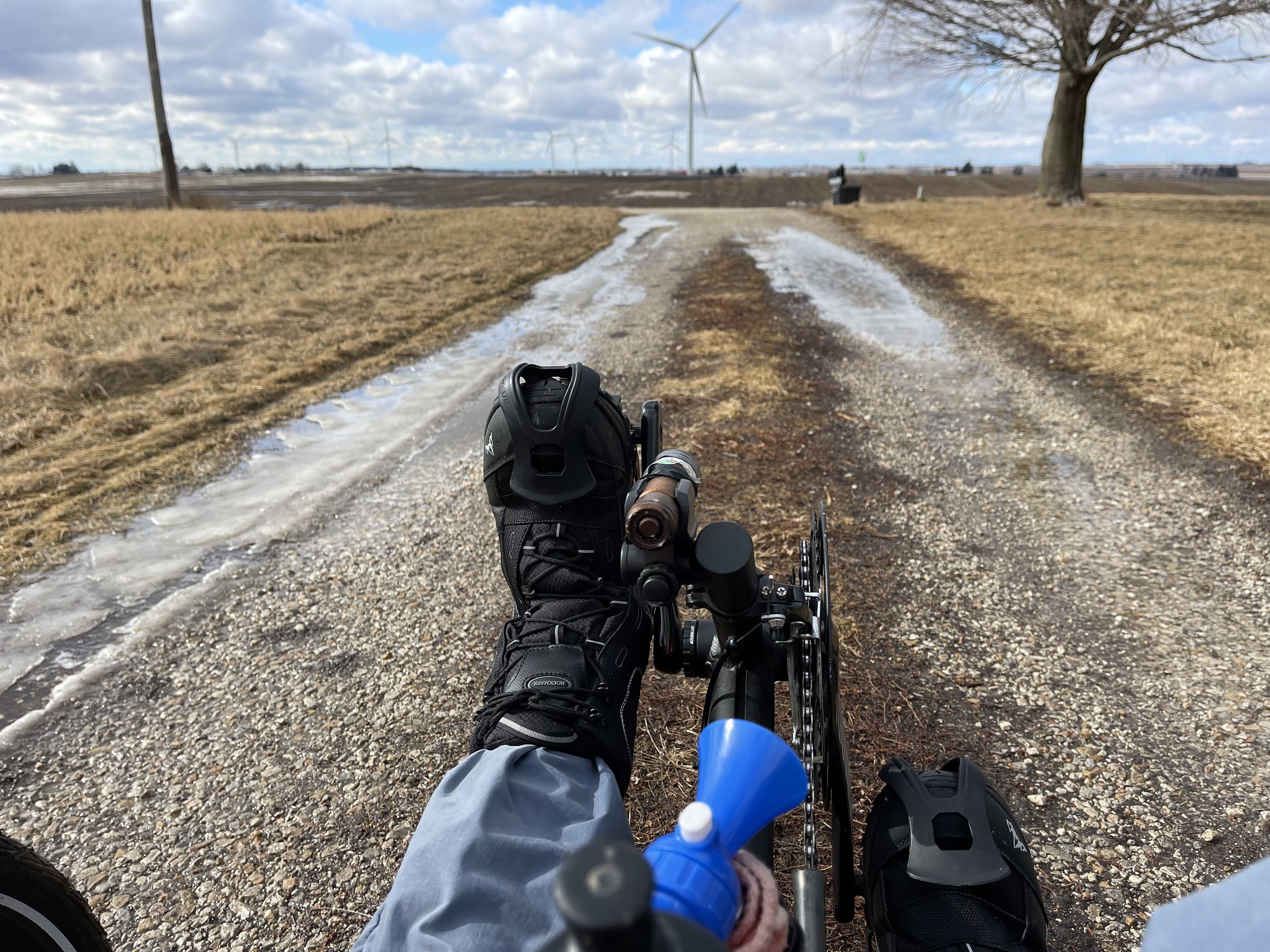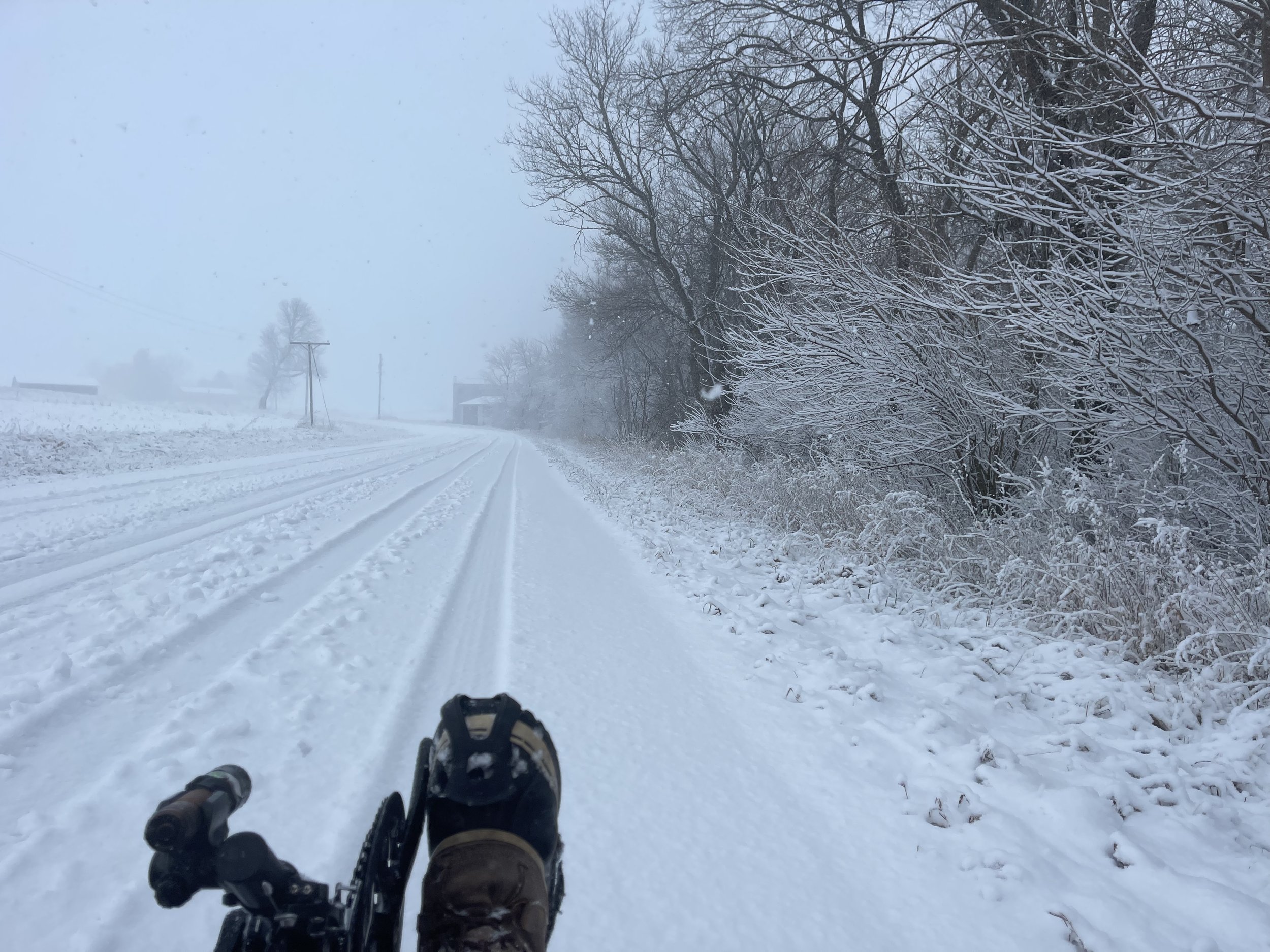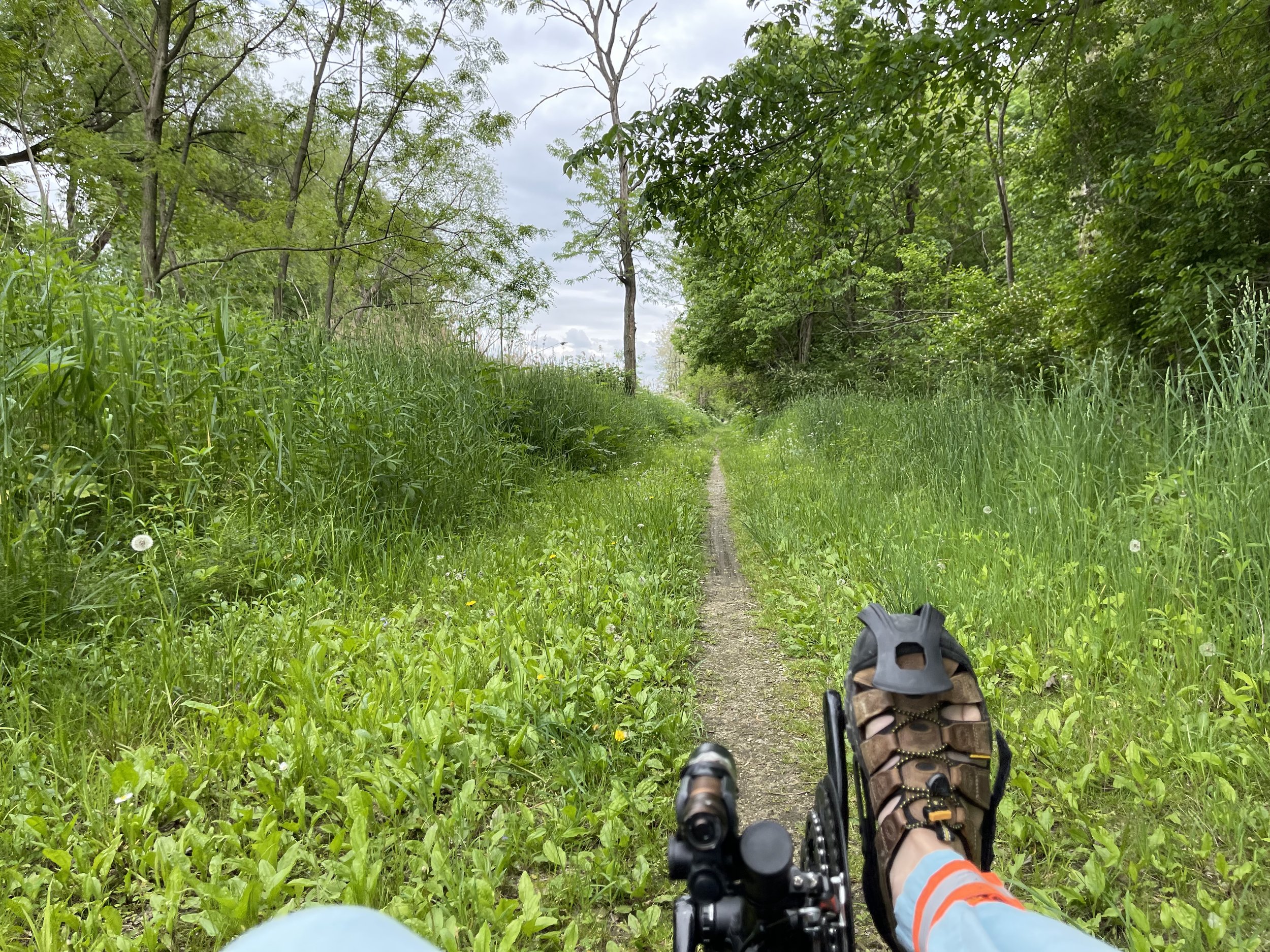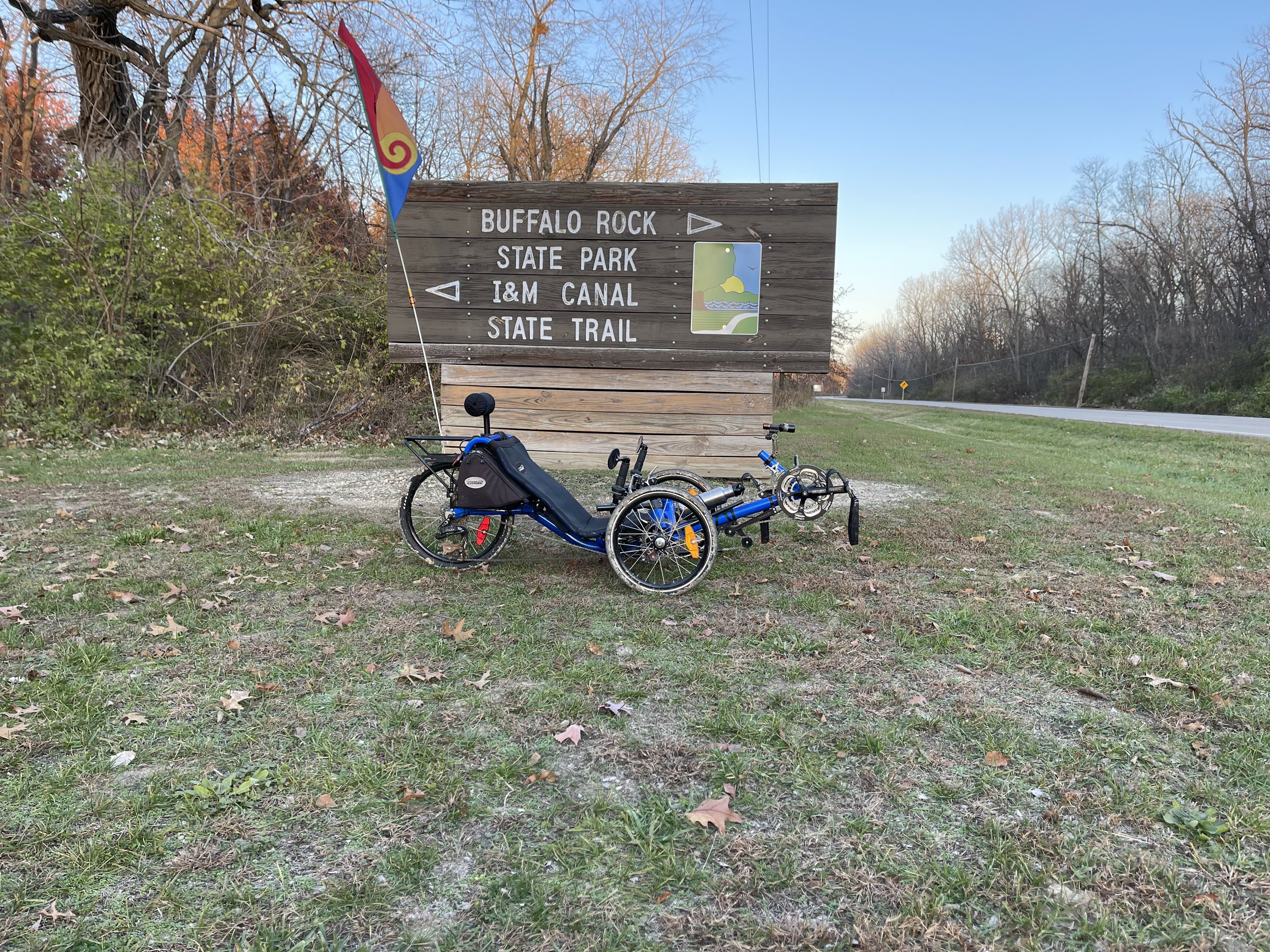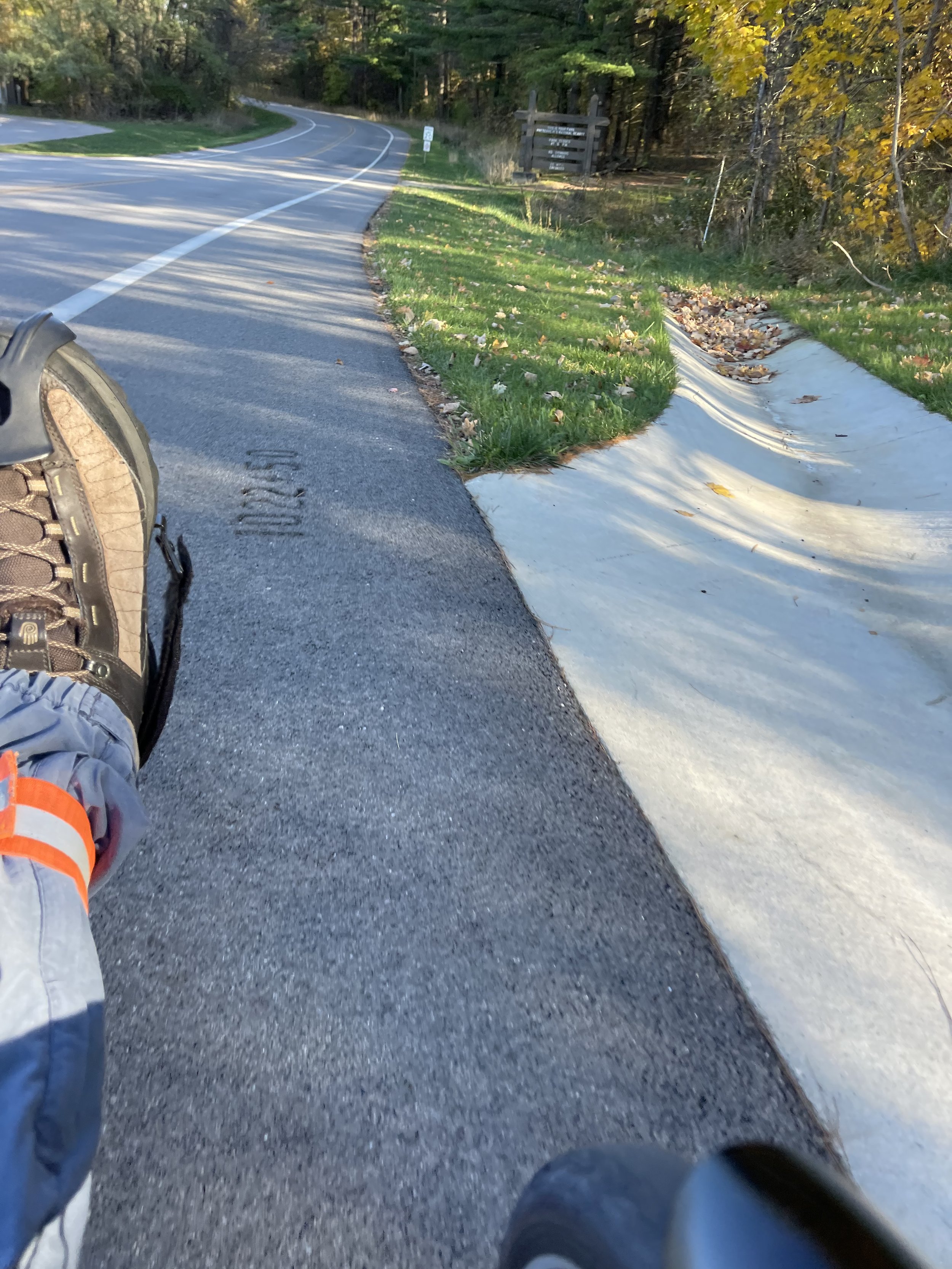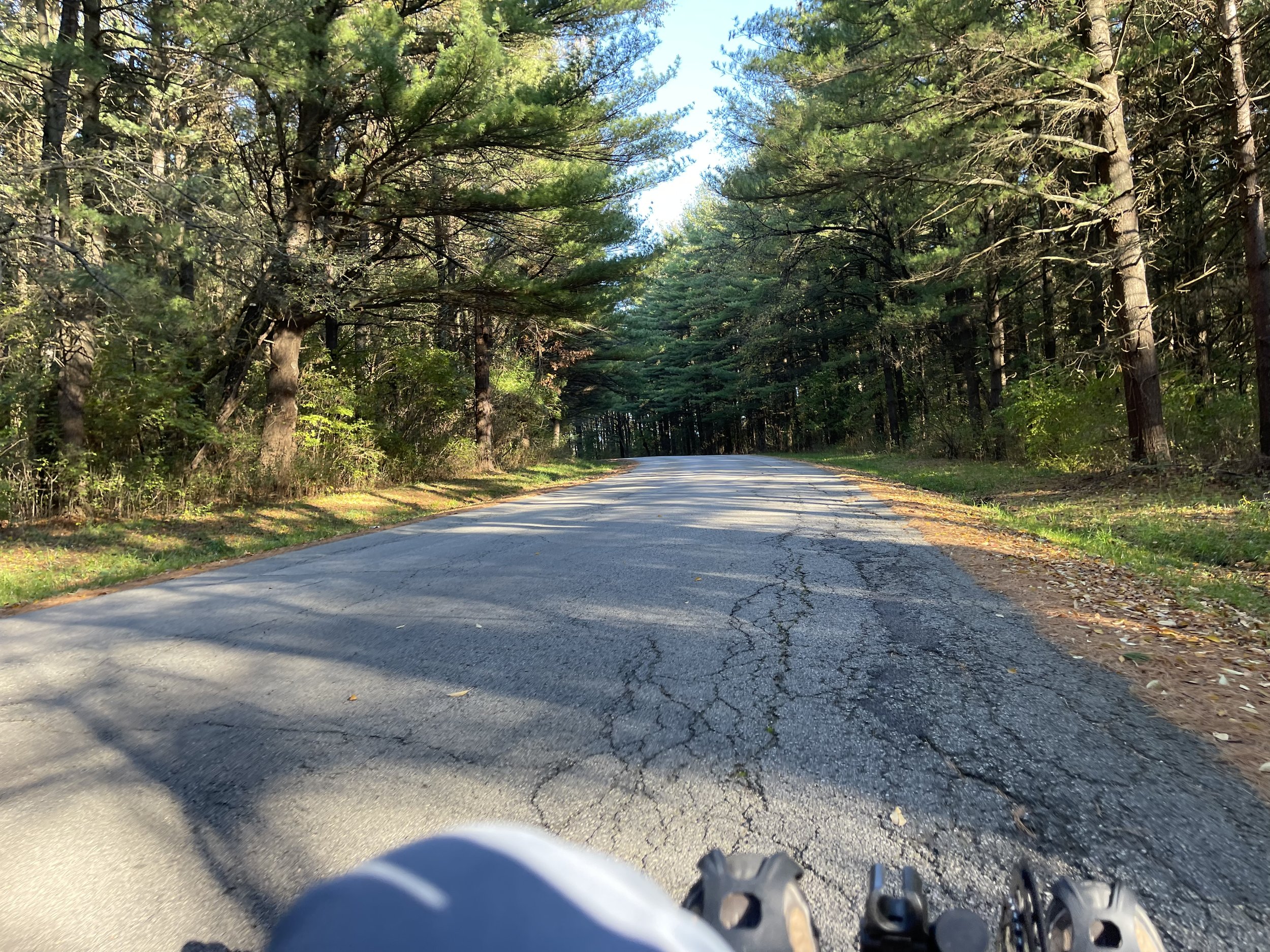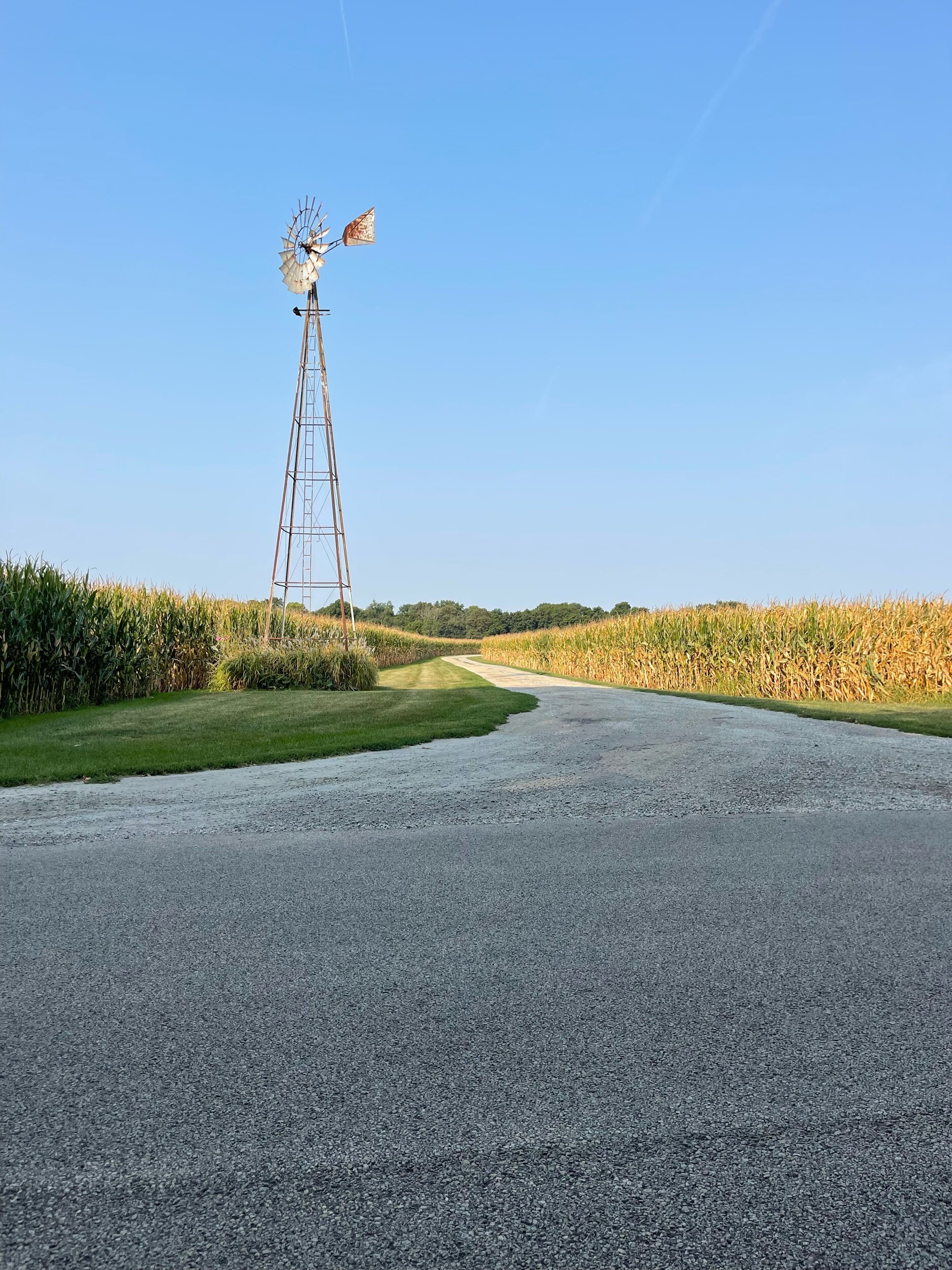It’s a beautiful winter day - the sun is shining, the snow is glistening white, a resplendent blanket over the earth. You see all of this because you are riding your recumbent trike thru it, taking in the scenery.
And it occurs to you that this moment would make a good picture. You take your hands off the handlebars to grab your camera. This should not be a problem because you are on a trike - three wheels on the ground, inherently providing stability.
But then it happens - perhaps a wheel hits a road imperfection - and the front end begins to tremble, the wheels shimmying back and forth, jostling you about. It stops when you put your hands back on the handlebars, but it returns the next time - and each time - you let go. Your trike has got the shakes.
I’d been dealing with this for the better part of four months, and it was getting progressively worse. What had been an occasional issue, just occurring on certain types of surfaces if my hands were off the handgrips, had progressed to the point where it would start to shake over every bump even with my fingers securely wrapped on the handles.
There are a number of things that this can be due to. Recumbent trikes are more complex than bicycles, especially at the front end, so in addition to the things you might think of on an upright - loose headset or bent wheel - there are things like tie rods, axles, and alignment to be considered (and a special “thank you” to the helpful folks in the Catrike Owners Group on FB for compiling that list).
For my part I was pretty sure I had loose headsets (that’s plural because there are two of them on a trike, one on each front wheel). In part, this was because I’d been messing with them - back towards the end of September I’d ordered a second B&M mirror for my Catrike Expedition, and they mount directly on the top of the headset. And in part, it was because I could see and feel that the headset was loose. I could feel it move when I hit the brakes, which prompted me to pick up the trike and see if I could move it around. Sure enough, it jiggled in place.
Given this, I did what any red-blooded American would do when something is loose: I got a wrench and tightened it.
Which did… nothing? That couldn't be the case, I told myself, it probably did something, but I just hadn’t tightened it enough. So, of course, I tightened it some more. And then some more. And then…
Then I learned that what is inside the headset is called a “star fangled nut” (or just “star nut”). And I also learned, entirely coincidentally, you understand, that it has an upper limit to the torque it can withstand.
Enjoying this post? Check out our Cycling page for links to other cycling articles on Applied Life
In a way one could consider this a good thing, because it did afford me an opportunity to learn new things about my trike, and an opportunity to buy a new tool. I’d never heard of star nuts before, never seen one in the wild. Now I’d not only become aware of them, but would get to learn how to replace one!
(These are the things I say in my head in order to get the swear words to stop coming out of my mouth. It’s only a moderately successful approach…)
So I ordered a tool (that was clearly made for upright bikes, but I got it to work), replaced it, learned about the torque rating that it’s supposed to be tightened to, dusted off my torque wrench, and… still shaky.
Over the subsequent weeks I continued to gently tighten it, trying to get some improvement without springing the star nut again. The result of this was:
A. It never got any tighter; and 2, I managed to pop the star nut on the other side.
I studied the diagrams in the Catrike Owner’s Manual, asked the folks at Utah Trikes how deep the star nut should be placed (thinking maybe I hadn’t put it down far enough). But nothing I tried helped, and it just kept getting worse, reaching the point I described above - getting shaky even with my hands on the grips. It started making me wonder if it wasn’t approaching the point where it was a little unsafe to ride.
So I broke down and did something I’m always reluctant to do: I asked for help. Specifically, I described my problem to the folks in the Catrike Owner’s Group on FB. I got the list of possibilities that I described above - all of which made sense, and included my loose headset. So I asked a second question: why can’t I get it to tighten?
I don’t know exactly why it always takes me so long to ask for help. It’s a congenital thing, and it happens across the board. I’ll spend an hour in a hardware store looking for the thing I want rather than ask an associate for assistance. I could charitably call it an independent streak, but in many cases - like this one - it’s an impediment.
Why? Because this was an issue of two bolts and about three minutes worth of work. As is invariably the case, when I ask for help I find that the solution is often simpler than I thought, and I feel like an idiot for not asking sooner.
It turns out, as was gently pointed out to me, that you cannot tighten the headset without first loosening the handlebar mount.
Two bolts and three minutes per side. One minute to loosen the two bolts on the handlebar, another to tighten the headset, and a third minute to tighten the handlebar back in place. Six minutes of work and my three year old Atomic Orange Expedition steers like the day it arrived.
I understand, in retrospect, that the handlebar keeps the headset from tightening because it cannot move - it’s held in place by the handlebar. But I’m quite certain that I could have looked at diagrams, and started at it on my garage floor, till the end of time and not seen that. In fact, I was well on my way to that outcome.
I had also begun to wonder whether the issue might actually be the mounting of the B&M mirrors on the headset. They are actually made for a different make - HP Velotechnik. I didn’t want to believe that, because they are so much better than the Mirrycle mirrors the trike came with, but I’d considered removing them to see if that made the difference. And now I know it wouldn't have, so I was able to skip that experiment.
So - back on the road, without the shakes! In fact, now that it’s tracking straight, I’m becoming aware that this has been a longer-term issue than I realized. It’s been a very long time since I was able to let go of the grips and not expect that the trike would at least wander aimlessly, following the curve of the road, if not shake me silly.
All in time for a high of 50° and sunshine here on the northern Illinois prairie!


